Hello,
Yesterday morning, my instance of IE 11 (v11.0.9600.18617) began displaying my twitter account’s notifications page incorrectly. Prior to yesterday it had always worked fine. What it’s doing is failing to contain quoted text within the quote bubble borders. It will no longer wrap long strings of quoted text and simply extends them across the page. The result is that strings overlap onto both the left and right-hand side panels. It looks terrible and is difficult to read. All other twitter pages seem to display normally.
I would like to know if this condition is the result of twitter making a code change on their notifications page, or if it may me the effect of an update that my IE has recently pulled in? The patch level shown for my copy of IE is KB4012204. Google Chrome displays my twitter notification page correctly.
I can provide screenshots if necessary. But I think I’ve explained the issue adequately. I’m also wondering whether anyone here who uses IE 11 with twitter.com has noticed this same behavior of late? Any information on this issue will be appreciated.
Thank you




